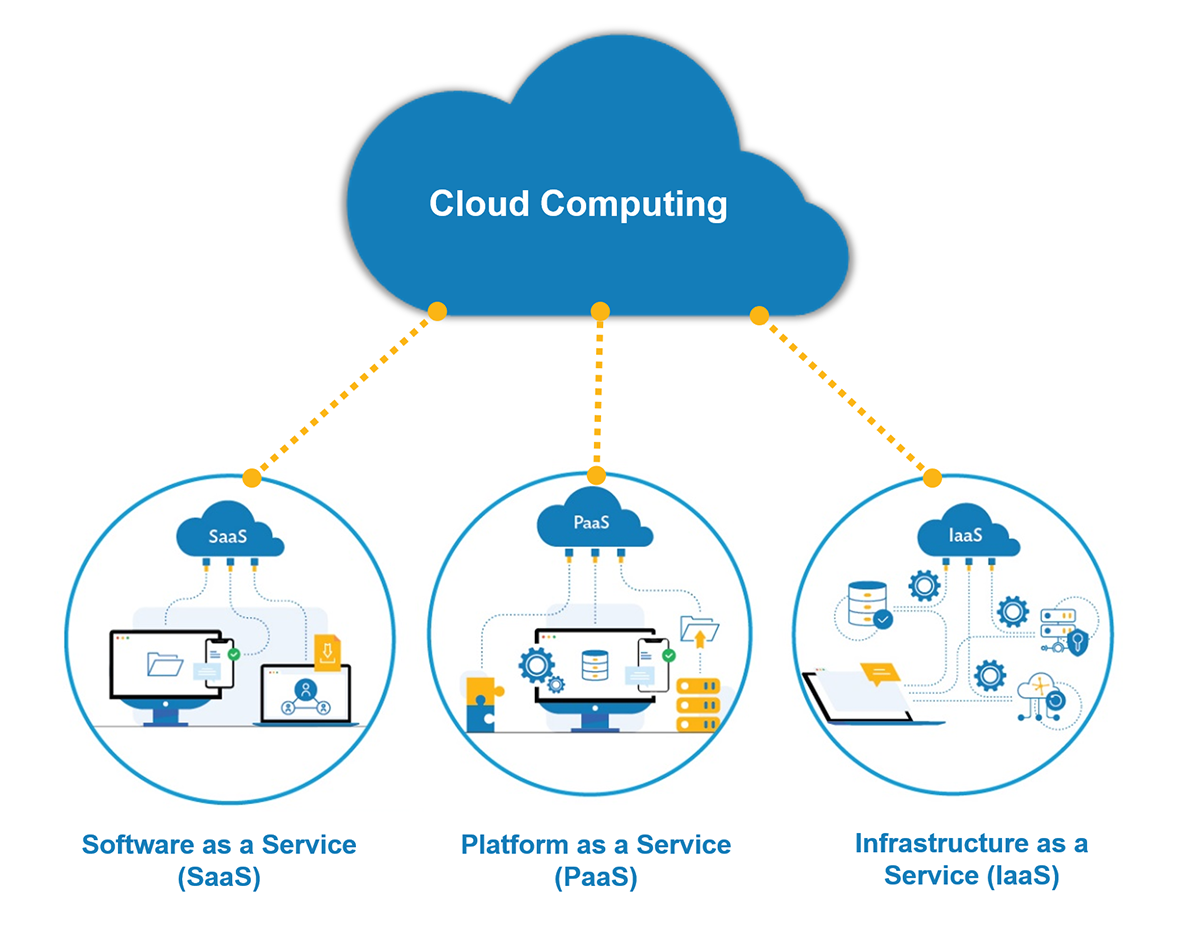Harnessing the Prospective of Cloud Providers for Competitive Edge in the Market

Advantages of Cloud Solutions

Cost-efficiency is an additional considerable benefit of cloud solutions, as firms can stay clear of large upfront financial investments in hardware and software program. Rather, they can choose a pay-as-you-go version, just spending for the resources they consume. This cost-efficient technique makes it possible for businesses to allot funds a lot more tactically, investing in various other locations that drive growth and development. On the whole, the benefits of adaptability, cost-efficiency, and scalability make cloud services an important possession for firms looking for an one-upmanship in today's dynamic market landscape.
Cloud Movement Methods
Cloud migration requires meticulous planning and seamless execution to make certain a smooth change of electronic properties to cloud-based settings. One common strategy is the "Raise and Change" method, where existing systems are moved to the cloud without substantial alterations.
Alternatively, the "Replatforming" approach entails making small changes to applications to maximize their performance in the cloud atmosphere. This method strikes an equilibrium between speed and optimization, enabling companies to gain from cloud abilities while reducing interruptions.
For even more complex systems, the "Refactoring" strategy, additionally called "rearchitecting," includes revamping applications to be cloud-native. While this approach calls for even more time and resources, it can maximize the benefits of scalability, flexibility, and cost-efficiency that cloud systems provide.
Inevitably, picking the best cloud migration approach depends on factors such as the organization's objectives, spending plan, timeline, and technological demands. By carefully reviewing these factors to consider, organizations can efficiently transition to the cloud and acquire an one-upmanship in the market.
Enhancing Information Security Procedures
After applying cloud movement methods, companies must prioritize improving information security measures to secure their electronic assets effectively. Cloud Services. Information safety is vital in the digital age, particularly when leveraging cloud solutions that entail transmitting and keeping sensitive details.
Normal safety and security audits and susceptability analyses are necessary to determine and attend to any type of powerlessness in the data security framework without delay. Educating staff members on finest methods for data security and enforcing stringent accessibility controls can likewise reduce the risk of inner information breaches. By buying durable data security actions, companies can see post impart trust among their stakeholders and clients, ultimately obtaining a competitive edge in the market.
Leveraging Cloud for Scalability
Executing cloud solutions permits organizations to dynamically adjust sources according to require, boosting scalability and optimizing operational effectiveness. Scalability in the cloud context refers to the capacity to quickly and quickly boost or lower sources as needed, offering companies with the versatility to fulfill changing requirements.
Additionally, leveraging cloud scalability makes it possible for organizations to respond quickly to market changes, seasonal needs, or unforeseen growth, making sure undisturbed solution distribution without sustaining unneeded expenses. By scaling sources up or down in real-time, companies can keep optimum efficiency degrees while regulating expenses. Additionally, scalable cloud solutions empower firms to innovate rapidly, deploy brand-new applications effectively, and adjust to evolving business needs with dexterity. On the whole, accepting cloud scalability is a calculated relocation that fosters competitiveness and placements organizations for lasting growth in today's dynamic market landscape.

Implementing Cloud-Based Collaboration
Collaboration in contemporary organization settings has actually undertaken a substantial transformation with the combination of cloud-based innovations. Cloud-based partnership tools have actually changed the means groups function with each other, supplying real-time communication, paper sharing, and task management capabilities no matter physical location. By executing cloud-based partnership solutions, organizations can boost productivity, increase efficiency, and improve operations.
One of the crucial advantages of cloud-based partnership is its ability to break down interaction barriers among employee. With features like instant messaging, video clip conferencing, and online whiteboards, staff members can team up effortlessly and stay linked regardless of where they lie. Cloud-based cooperation reference devices assist in easy accessibility to shared resources and papers, allowing team members to function together on jobs in a simultaneous fashion.
Furthermore, cloud-based cooperation promotes adaptability and agility within organizations by making it possible for remote job and fostering cross-functional team effort. Staff members can team up in real-time, share feedback instantaneously, and choose jointly, resulting in quicker analytic and improved innovation. On the whole, applying cloud-based collaboration is necessary for modern organizations wanting to remain competitive in today's interconnected and busy market landscape.
Final Thought
Finally, the use of cloud services provides various advantages for organizations looking for an one-upmanship on the market. By carrying out cloud movement methods, enhancing information security steps, leveraging scalability, and using cloud-based cooperation, businesses can enhance effectiveness, minimize prices, and remain ahead of the competition. Accepting the possibility of cloud solutions is crucial for companies looking to be successful in today's quickly progressing service landscape.
The ability to harness the potential of cloud solutions uses services various advantages, from raised dexterity and scalability to enhanced partnership and data security. As companies browse the complexities of cloud migration and discover cutting-edge methods to leverage cloud technology, the inquiry emerges: Just how can services efficiently use cloud solutions to not just maintain up with however additionally exceed their rivals in the vibrant industry?
In addition, the flexibility used by cloud services permits companies to gain access to data and applications from anywhere, advertising remote job and cooperation amongst teams located in different geographical locations. - linkdaddy cloud services
By applying cloud migration approaches, enhancing information safety steps, leveraging scalability, and utilizing cloud-based cooperation, companies can improve performance, my response decrease costs, and stay in advance of the competitors. Accepting the possibility of cloud services is essential for companies looking to prosper in today's swiftly developing business landscape.